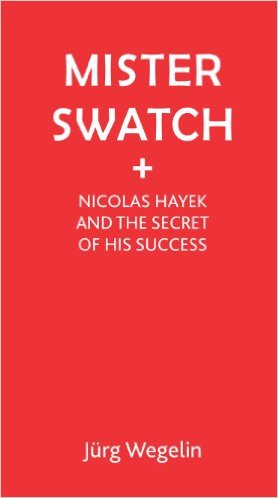Romania update: Electrica (great !!). Romgaz (so so) & new Prime Minister
Romania new Prime Minister
A few days ago, following the fatal fire in a Bucharest nightclub, prime minister Ponta surprisingly resigned following massive protests on the streets.
Interestingly, instead of quick new elections, a “technocrat” Government was nominated, lead by a former EU commission member.
He has nominated young and independent experts for the key portfolios of the economy, justice, foreign office and health.
Ciolos selected Anca Paliu Dragu, an economic analyst at the European Commission, to take over the Finance Ministry and Cristina Guseth, chief of Freedom House Romania, as Justice Minister.
On the other hand, experienced diplomat Lazar Comanescu was proposed as Foreign Affairs Minister, while Mihnea Motoc, Romania’s ambassador to Britain, was nominated as Defence Minister.
The Economy Minister will be businessman Costin Borc, and sociologist Vasile Dancu will have the role of Minister of Regional Development.
Political commentators saw the proposed government as pro-reform.
Up until now there was a political deadlock between the newly elected president Johannes and Socialist Ponta.
It reminds me a little bit of Mario Monti’s technocrat government in Italy which came into power after Berlusconi was forced out in 2011. Most of the Italian reforms were made in that short period of time. Before and after, not much has happened there. So from an outside view I would consider this whole episode as a step into the right direction.
Now to my 2 Romanian holdings:
Romgaz
Romgaz released 9 month numbers already some days ago. The good news was that the presentation looks more professional than before, the bad news is that sales and profits went down by slightly more than -10% against 9M 2014. Additionally they had exceptional write-offs on receivables and exploration assets.
Interestingly, margins remained pretty stable, helped by the underlying price increases that will bring the local prices up to market prices over several years.
They also made a regulatory filing which already contains a detailed projection for the 2015 profits and dividends. Based on that projection, the 2015 profit will be 1.032 mn Lei or ~ 2,67 Lei per share, significantly lower than the ~3,60 lei for 2014. However in my opinion, this sounds worse than it actually is. It seems to be that current Nat Gas consumption in Romania has declined, I honestly don’t know why. But as the local Nat Gas prices at the moment are still very low and supposed to rise, that means that the gas which has stayed in the ground and not sold is getting more valuable. So I think the issue of the lower sales volume has only a limited effect on the value of the company as those reserves then can be sold higher in the future. So my initial valuation of Romgaz from a year ago is still valid.
The share price clearly has suffered but less than other energy stocks. Interestingly, Fondul Propritatea dumped 4% of Romgaz a few days prior to the release which, looking back now seems to have been “very fortunate” for them.
Anyway, for me Romgaz is still in the early phase of the investment period and for me there is no reason to change anything
Electrica
Electrica also released Q3 numbers a couple of days ago. In contrast to Romgaz, Electrica’s numbers were excellent. The 9 month profit is already higher than the total 2015 profit I estimated last year in my initial case. The increase came exclusively from the distribution side which is very positive.
Additionally, Fondul Propritatae seems to have reopened negotiations on the minority stakes in the three operating companies. If Electrica could buy them at a valuation close to their own stock, this could create a lot of value for shareholders.
Overall, I think Electrica is one of my “highest conviction” ideas, the stock is extremely cheap and developing much better than I thought. It might take time until this get reflected in the stock price but I don’t have any reason to hurry.
One interesting detail: One of the supervisory board members had to resign because he became the new energy minister. Maybe this helps a little bit for better relationships with the regulator….







